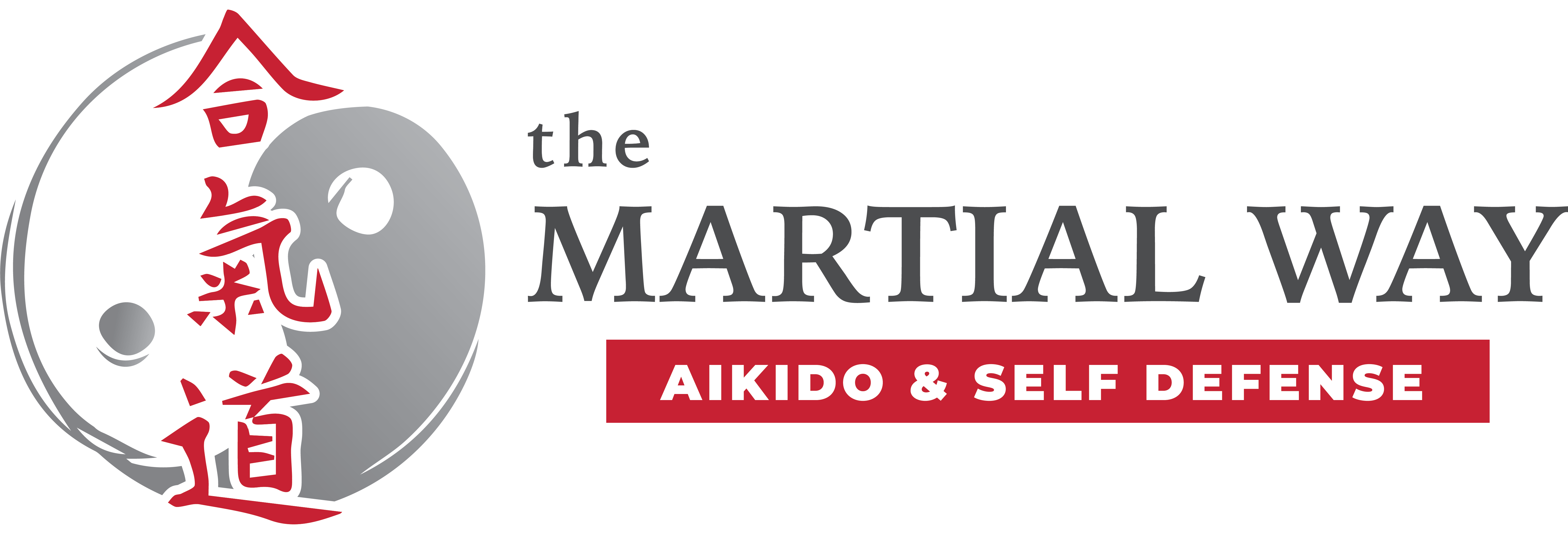Aikido’s techniques include: irimi (entering), and tenkan (turning) movements (that redirect the opponent’s attack momentum), various types of throws, takedowns and joint locks. Aikido derives mainly from the martial art of Daitō-ryū Aiki-jūjutsu, but began to diverge from it in the late 1920s and is believed to incorporate other martial arts including Chinese styles such as kung fu and wing chun.
Ueshiba’s senior students have different approaches to aikido, depending partly on when they studied with him. Today, aikido is found all over the world in a number of styles, with broad ranges of interpretation and emphasis. However, they all share techniques formulated by Ueshiba and most have concern for the safety and well-being of the attacker. Aikido practitioners often refer to Ueshiba as O-Sensei, which means “great teacher.”
The goal of aikido is to disarm the attacker and neutralize the attack while not permanently injuring or unduly harming the attacker, but rather set them upon the right path of virtue and harmony. It is a Japanese martial art that uses a person’s weight, energy and momentum – along with takedowns, joint locks and pins – to neutralize the attack, and disarm and control the attacker. As a result, aikido does not rely on overpowering your opponent with superior physical strength and speed. Using aikido, people can learn to develop their inner power and mind-body coordination; and defend themselves effectively even if they do not believe they have adequate strength, speed or agility.
Aikido is a unique martial art for additional reasons. Unlike many martial arts, aikido’s core philosophy includes the belief that attacks frequently come from more than one assailant – multiple assailants and at the same time. The approach and techniques of Aikido allow a person to avoid, evade and counter the intentions, movements and attacks from one person up to five people all at once. Aikido also uses traditional Japanese wooden weapons in training. These include the jo staff, boken or wooden sword, and tanto or wooden knife. Often the movements of the hand-to-hand techniques are similar to those of the wooden weapons, which helps practitioners accelerate their proficiency in Aikido overall.
Aikido is literally the way of harmonizing with energy. It has a foundation of core techniques and fundamentals, and these remain open to interpretation allowing for near limitless variations of techniques and applications. It does not share the rigidness of other arts that remain fixated on traditional forms. Aikido is a living, breathing and highly adaptive art. It actively looks to the outside environment and even the attacker as a source of input and energy with which we learn, grow and adapt to new and changing threats you may face in the real world.
Because the art is fluid and adaptive, students can train as hard or soft as they wish and still benefit tremendously. Aikido is a challenging art to master, and there seems to be new peaks to achieve even after years of training. This makes aikido an art that will continually challenge you for years to come, and it can provide fun, engagement and fulfillment throughout your life. Should you choose, it could be a forever path to walk upon? There is always something new to learn and a new challenge to overcome. Some choose to practice for self-defense, some for physical fitness, some for emotional and spiritual development and self-fulfillment, and others simply to have fun and make new friends. Many practice aikido for several of these reasons and value having it as a part of their lives.
